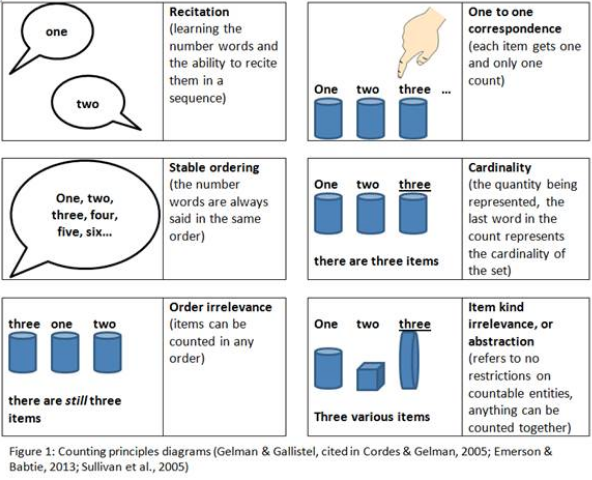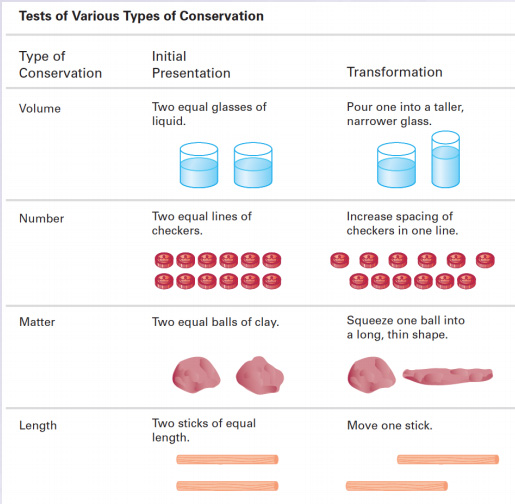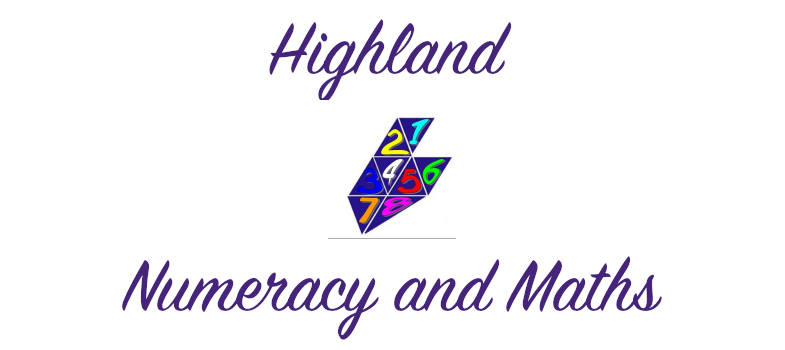3.2 Beyond the Knowledge Assessments
Keep in mind that these assessments are there to give you a sense of the pupils strengths and gaps but remember:
- They are not an exhaustive list of all concepts that pupils need to learn, they are just a snapshot.
- Although we are testing knowledge, when planning next steps remember that all knowledge starts as strategy... pupils will not magically just 'know' the information, they need to have rich teaching and learning experiences to make sense of the concepts first.
- Pupils can sometimes appear to do quite well in the assessment but their knowledge is only at a superficial level.
Being aware of the underlying complexities of all these activities is crucial for us as practitioners so we know what else to look for and how to move beyond the assessments.
As an example, we'll explore this through a concept such as COUNTING that can appear to be simple and many pupils appear to be very proficient at it but there's more to it than meets the eye. The image below shows: Gelman and Gallistel's Counting Principles

Activity:
- Read the following document: The Principle Counting Principles by Ian Thompson which explores the counting principles in more depth.
- Watch this video: Every Child Counts from the National Numeracy Strategy.
- While you are watching look out for the counting principles in action.
- Reflect on how complex a task such as counting is.
- Consider young pupils you know (either relations or pupils you've taught) who may have confidently been able to identify numbers and recite their counting sequences.
How well do you think they really understood these numbers?
Would they have been able to do some of the challenges from the video? - When completing the knowledge assessments, and considering next steps for a pupil, keep these ideas in mind and remember to think about depth in understanding before racing on to the next set of numbers. Sometimes it might be appropriate, but at other times it won't.
Similarly we also want to consider rich and varied learning experiences for our pupils rather than focusing on 'number' alone.
- Look at the image below which explores CONSERVATION - the idea that something stays the same in quantity even though its appearance changes.

- As you watch the video below, try to recognise the types of conservation and try to think about whether you provide pupils you work with, with opportunities to develop these skills through their play.
- Reflect on why you think these concepts are important to grasp; how it helps us with our daily lives and where else they are used within maths as we progress through our learning journey.
